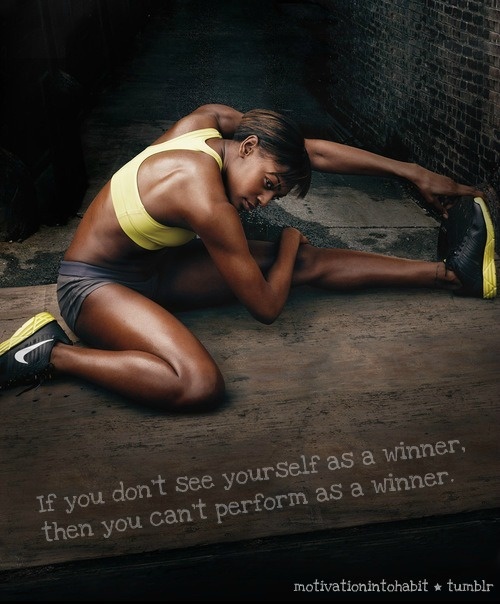As a Registered Massage Therapist, the one thing I like talk to my clients about most is good STRETCHING. Most often people get out, get active, especially if it’s after a period of being sedentary…they are soooo sore after and the first thing I ask is did they stretch. The answer….90% of the time…no.
When a person has shortened/tight muscles, pressure is exerted on the joints leading to decreased mobility. Muscles, joints, tendons and ligaments then receive insufficient nutrition, less oxygen and decreased blood circulation. Reduced blood flow also means lactic acid builds up in the muscles, which leads to irritation and pain.
Why Stretch?
- Improves ROM (range of motion)
- Increases mobility
- Increases circulation
- Decreases pain
General Rules for Stretching
- When stretching, you’re moving the muscle opposite to its action
- Move the stretch slowly, with your breath, no bouncing, to your level of comfort
- Hold stretch until you feel some tension let go
- If you ever feel pain, stop
- Never stretch unstable or hypermobile structures
When to Stretch
Before a workout/competition, perform DYNAMIC stretching. After a short warm-up, Dynamic stretching involves more muscles and joints through a full range of motion. It best prepares your body for activity.
Examples: Forward hip swings, arm circles, shoulder shrugs, knee lifts, butt kickers, calf circles, active trunk rotation and side bends. Here’s a great link with video that shows dynamic stretching from Runners World.
After a workout/competition, you perform STATIC stretches. Isolate specific muscles that you have worked and hold a stretch until you feel a release of tightness. This is an awesome resource with photos that break down all major muscle areas and the proper way to stretch them from BodyBuilding.com
Stretching is an effective way to prevent muscle related problems and strain injuries. Add it to your daily routine to compliment your regular training.

One Comment Add yours